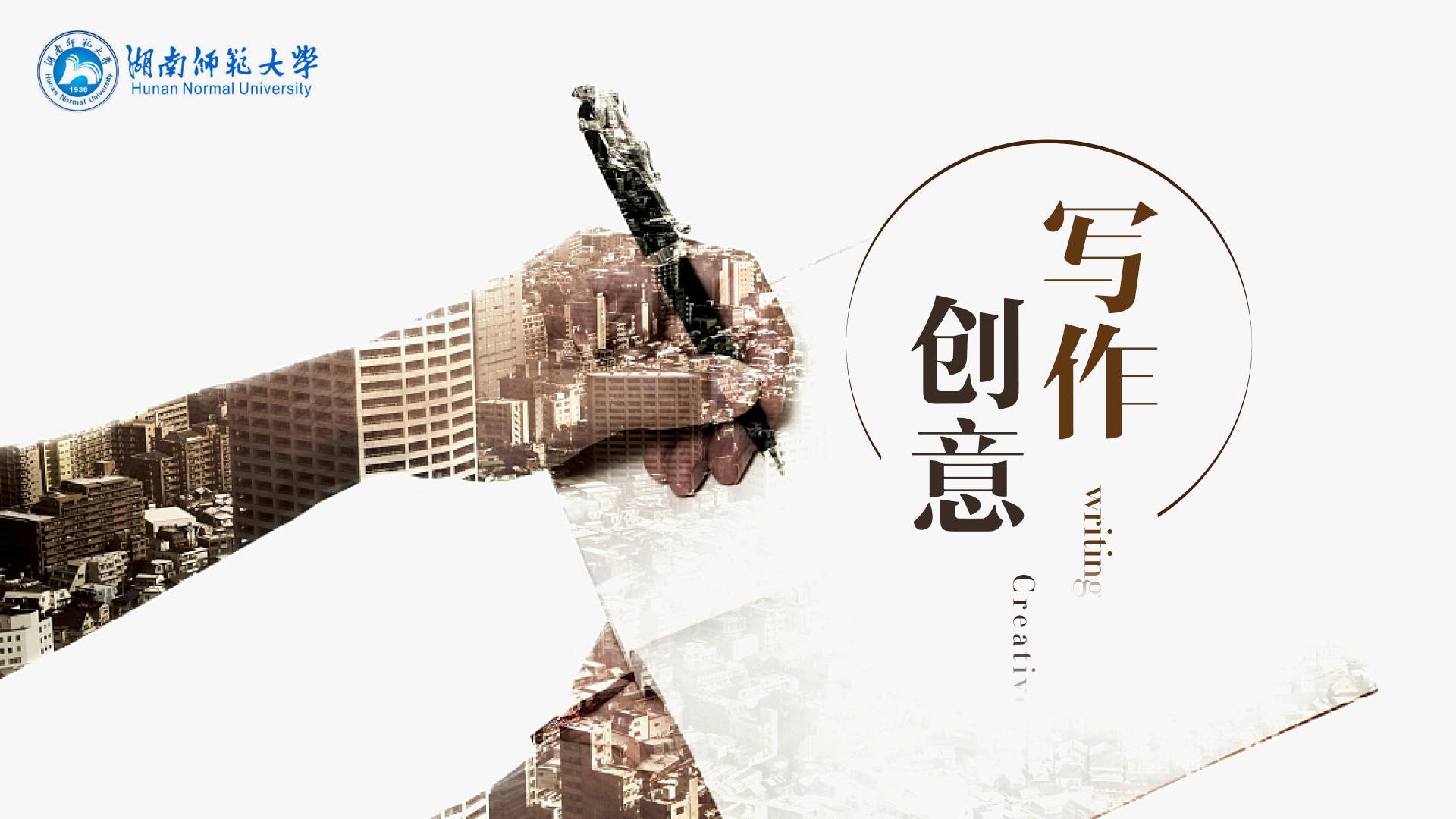第三章 Writing Fiction:Chapter 3 provides students with the knowledge and practice to write many types and styles of fiction. They learn what makes fiction distinctive and the common properties it shares with the other three genres of creative writing. Students learn about different forms, terminology, and techniques to write fiction. They gain practice in using these tools to write several of their own fictional stories using various styles and methods.3.1Shapes of Fiction: Literary Fiction, Genre Fiction:In this lecture, we’ll learn about many styles and types of fiction and ways to write fiction successfully. First, we are going to talk about what fiction is and the distinction between literary fiction and genre fiction. Then we will discuss genre fiction which can be divided into romance, fantasy, and horror. We’ll also learn how to write historical fiction and science fiction. Finally, we will learn to write a flash fiction.[单选题]Historical fiction is also called_______.
3.2Tools of Fiction: Characters, Plot, Setting, Narrator, Point of View, Dialogue:Through this lecture, we will learn to build believable, multi-dimensional characters with the skill of characterization. We’ll also learn plot which is the actions taken by characters. We’ll look at setting, that is, the time and space in which stories happen. Then we’ll talk about narrator and the narrator’s point of view when we are writing fiction. Finally, we’re going to focus on a tool in fiction writing: dialogue.
3.3Creating your Own Fiction: Forms, Purposes, Planning:In this lecture, we are going to learn how to write flash fiction and detective fiction. Then we are going to focus on what the short story is and three ways to get started on writing the full-length short story. Next we’ll learn three important components in story writing: narrative design, beginnings, and endings. Finally, we will learn three new creative writing exercises to help stimulate new stories: a word bank, a journey motif, and a personification activity, as well as some important advice about how to revise stories.
period fiction
historical records
legend
romance
答案:period fiction
[单选题]Which of the following statements is correct?
Research and verisimilitude are highly important in writing historical fictions.
You can make up anything without limitations in writing historical fictions.
If you’re writing about Mongolia in the time of Kubla Khan, your main character is more likely to be a fisherman.
Historical fictions always end tragically.[单选题]What are the two big categories of fiction we have discussed?
literary fiction and science fiction
literary ficti on and genre fiction
literary fiction and non-literary fiction
literary fiction and flash fiction. [单选题]What is the most popular type of genre fiction?
normal fiction
flash fiction
science fiction
short fiction [单选题]Flash fiction is also called the ________.
all of the above
prose poem
short short story
very short story[单选题]Who is “A Letter to You” written to?
His old friend
His university
His mother
His teacher[单选题]What do we mean by “fiction”?
Fiction that tells a story that might happen in real life.
Fiction that tells a story that’s been invented or made up by the character.
Fiction that tells a story that might happen in an imaginary world.
Fiction that tells a story that’s been invented or made up by the author.[单选题]Which of the following can be seen as the most serious fiction?
Genre fiction
Horror fiction
Literary fiction
Fantasy fiction [单选题]What does not the prose poetry rely on?
images
description
figures
plot [单选题]The Austrian writer Franz Kafka said some of the greatest literature is related to the detection of .
mystery
connotation
plot
fun
温馨提示支付 ¥1.00 元后可查看付费内容,请先翻页预览!

